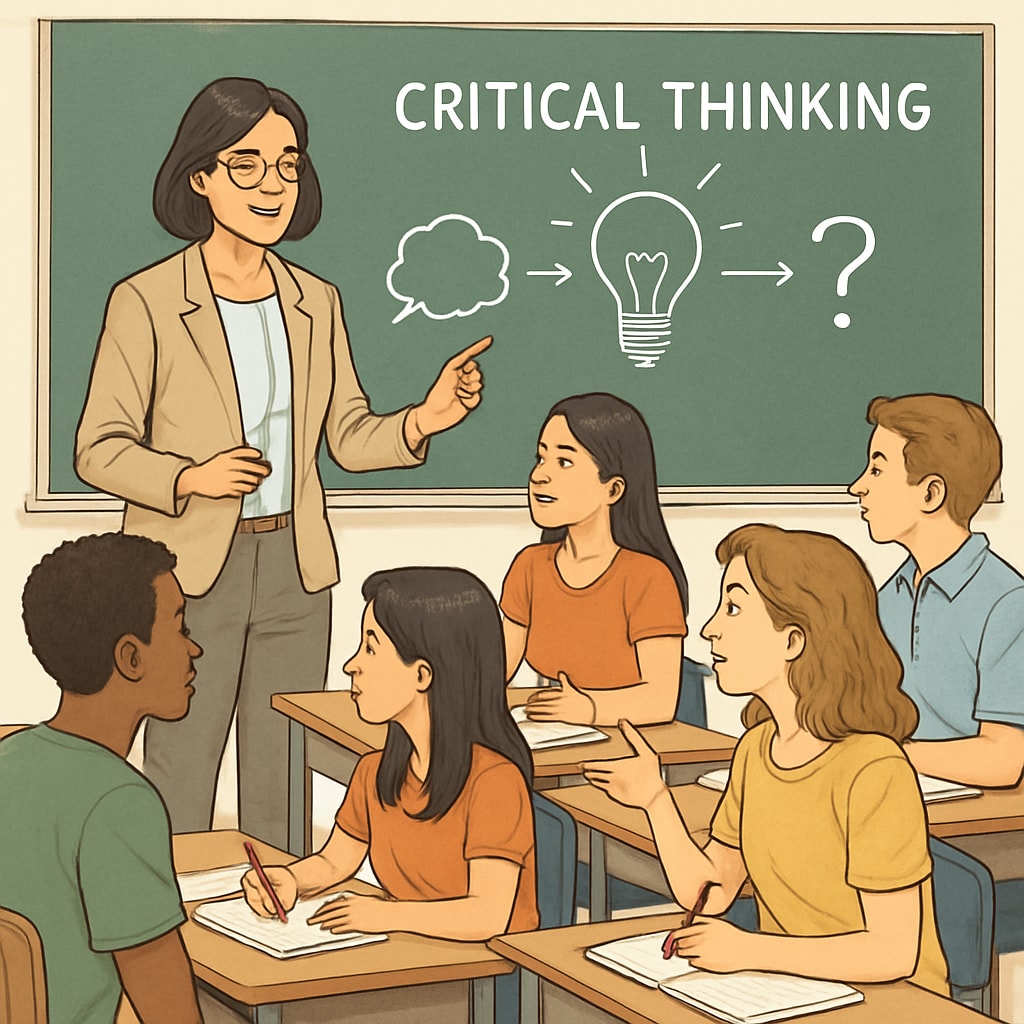Education technology tools like Chromebooks have revolutionized K12 classrooms, offering unparalleled efficiency in learning processes. However, this efficiency-driven approach raises concerns about its impact on students’ critical thinking and curiosity. Are we inadvertently sacrificing these essential skills in favor of streamlined methods? This article delves into this complex balance, urging educators to carefully consider how technology shapes the minds of future generations.
The Efficiency Revolution in Education Technology
The integration of tools such as Chromebooks, interactive apps, and online platforms into classrooms has undeniably improved efficiency. Students can access resources instantly, collaborate seamlessly, and complete assignments faster than ever. For example, platforms like Wikipedia provide immediate access to a vast array of information, making research projects quicker and more convenient. Additionally, many apps offer automated grading systems, saving teachers valuable time.
However, while these advancements have streamlined administrative and instructional tasks, they may inadvertently diminish the opportunities for students to develop critical thinking skills. Efficiency often prioritizes finding answers quickly rather than engaging in deep analysis or questioning the validity of information.

Critical Thinking in the Age of Automation
Critical thinking—the ability to analyze, evaluate, and synthesize information—is a cornerstone of education. Yet, the automation inherent in education technology can subtly discourage this skill. For example, when students rely on pre-designed templates or auto-correct features, they may miss out on the process of problem-solving or reasoning through challenges.
Moreover, constant access to technology may reduce curiosity. If answers are always a click away, students might lose the drive to explore complex questions or approach problems creatively. As a result, the very tools designed to empower learning may inadvertently narrow its scope.

Striking a Balance Between Efficiency and Deep Thinking
To address this dichotomy, educators must adopt strategies that blend technology with critical thinking exercises. Here are some actionable steps:
- Encourage inquiry-based learning: Design tasks that require students to question, debate, and explore multiple perspectives.
- Limit reliance on instant answers: Integrate assignments that demand research, analysis, and synthesis rather than quick solutions.
- Use technology as a tool, not a crutch: Incorporate tech into lessons as a supplement to traditional methods rather than the sole focus.
- Promote offline activities: Encourage students to engage in discussions, hands-on experiments, and problem-solving without screens.
For instance, educators can use platforms like Britannica to guide students toward reliable resources while fostering critical evaluation of sources.
The Future of Balanced Education Technology
As technology continues to evolve, its role in education will undoubtedly expand. However, educators and policymakers must prioritize a balanced approach that enhances both efficiency and critical thinking. By fostering curiosity and deep thought alongside tech-driven learning, we can prepare students to navigate an increasingly complex world.
Ultimately, the challenge lies not in rejecting technology but in using it thoughtfully. Chromebooks and similar tools are powerful assets, but their potential can only be fully realized when paired with mindful teaching practices that nurture critical thinking and curiosity.
Readability guidance: Use short paragraphs and bullet points to summarize key ideas. Include transitions such as “however,” “in addition,” and “as a result” to improve flow. Maintain active voice and avoid overloading sentences with complex structures.


